Australia So Much to See



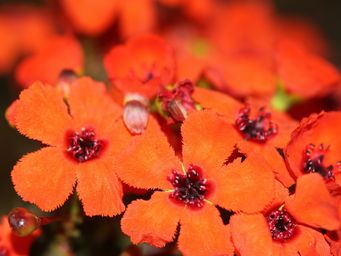
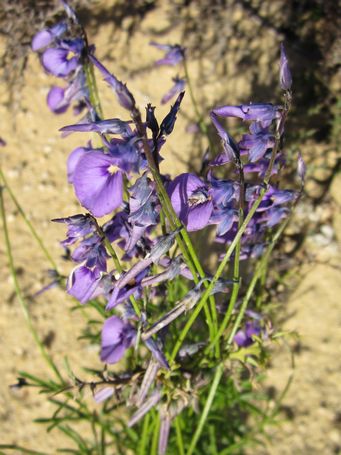
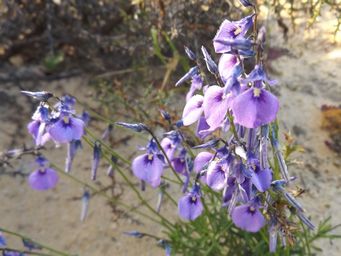
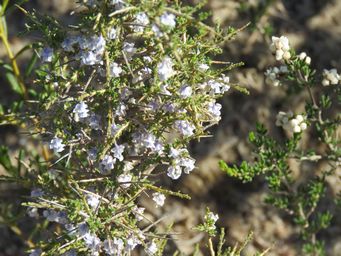
Pigea epacroides 2021 formerly Hybanthus epacroides, Spiny Hybanthus. Hybanthus bilobus has also been included under Pigea
epacroides in the 2021 revision, but the spineless form may sometimes be referred to colloquially as Pigea biloba.
This tiny native
violet shrub has flowers two millimetres by four millimetres in shades of pale lilac with fine purple striped on some petals
and a yellow centre. Tiny leaves along the stem, and spines are evident. The spines may have foliage along them, so are
really short pointed branches rather than spines. Once these die off, the hard pointed spine remains. Both those with foliage
and those without can be seen in this photo.
August
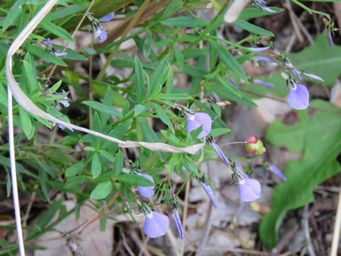
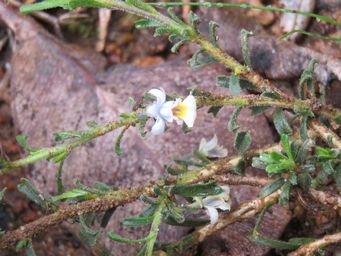
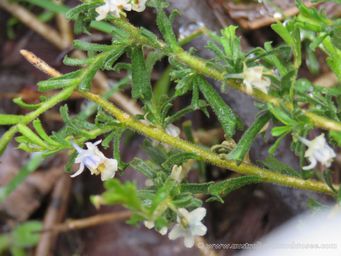
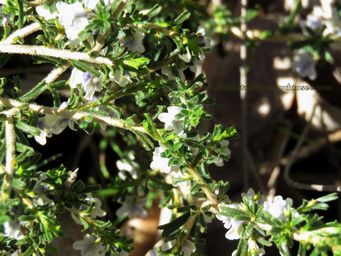
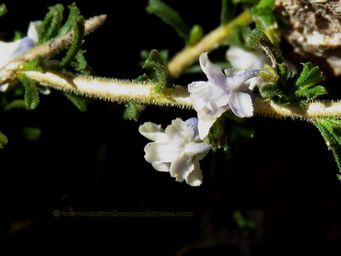
Pigea epacroides 2021 formerly Hybanthus epacroides, (species not confirmed due to differences and area grown). This appears
to be spineless or having minimal spines, prostrate form of Pigea epacroides 2021 (formerly Hybanthus bilobum). The
name Pigea biloba is colloquial not official for this form.
This sprawling small low growing has mainly white flowers two millimetres
by four millimetres with touches of lilac, and a yellow throat. Five petals, with the lower one much larger than the others. Stems
and leaves hairy, with foliage strongly recurved and terminating in a point. Foliage may be larger on the spineless
form.
Seen flowering in September
Bridgetown area, in a clay winter wet area, a long way out of the known range for Pigea (formerly Hybanthus) epacroides, which is found in in the Wheatbelt, parts of the Great Southern, and in the Goldfields Regions.
Note:
A form of Pigea epacroides, upright and in a different soil type was identified at Greenbushes, around fifteen kilometres
west of where the above was seen, during a mine environmental survey.
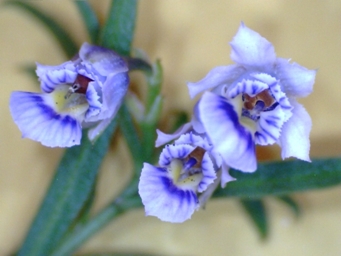
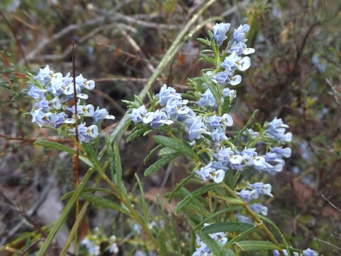
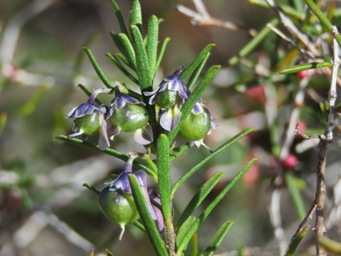
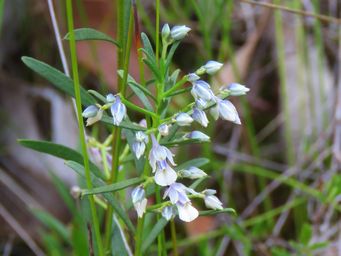
Pigea floribunda 2021 formerly Hybanthus floribundus, Showy Hybanthus, Shrub Violet
This tiny native violet shrub has flowers
two millimetres by four millimetres in shades of lilac, with a yellow throat. Five petals, with the lower one much larger than
the others. The second photo has been taken with a digital microscope. Seed pods forming at right.
Seen flowering
from March to July
Bridgetown area, and occurs through a wide area, including the South West, Great Southern, Wheatbelt, Goldfields,
Mid West and Gascoyne regions.